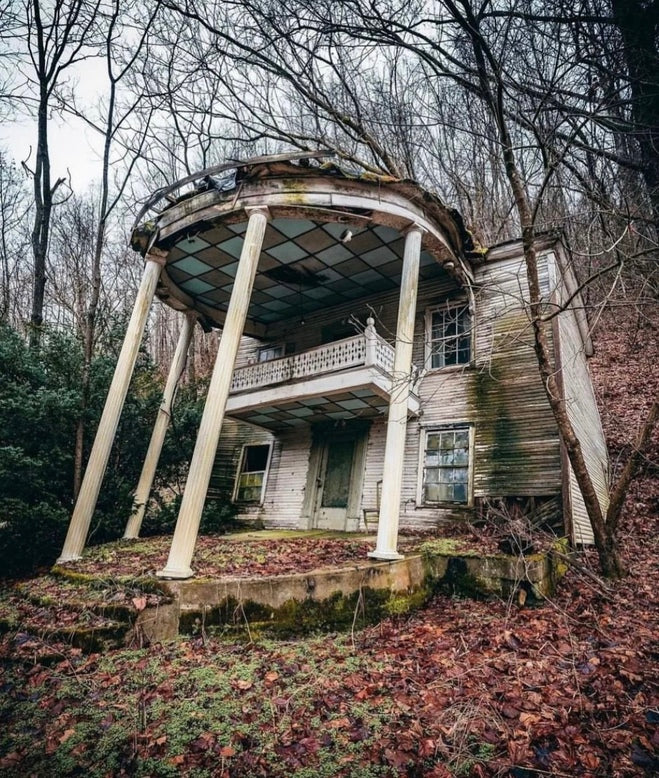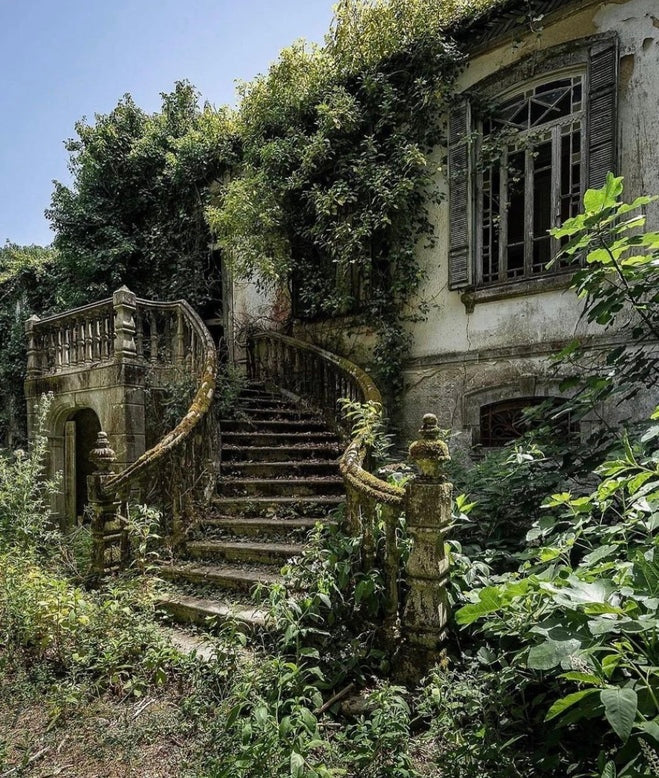Discover what Urbex is: the art of exploring abandoned and hidden urban spaces, filled with mystery and history. Perfect for adventurers and explorers!
Urbex, short for Urban Exploration, is the practice of exploring man-made structures that have been abandoned, restricted, or forgotten by society. Urbex enthusiasts, also known as "urban explorers" or "urbexers," venture into places like abandoned factories, hospitals, mansions, tunnels, and underground bunkers to uncover the hidden beauty and history within these neglected sites.
The Main Reasons Behind Urbex
Urban exploration attracts people for various reasons, from a desire for adventure to an interest in history and photography. Here are some of the primary motivations behind urbex:
-
Historical Discovery: Many urban explorers are fascinated by history and see abandoned places as time capsules that capture moments from the past. Each location has its own story, whether it's a once-thriving factory, a grand Victorian mansion, or an abandoned military site.
-
Aesthetic Appeal and the Beauty of Decay: There’s a certain beauty in decay—the peeling paint, rusted metal, and crumbling walls create a unique aesthetic. Known as wabi-sabi in Japanese culture, this aesthetic finds beauty in impermanence and imperfection.
-
Adventure and Adrenaline: Urbex provides a sense of adventure and adrenaline. Entering forbidden or hidden spaces gives explorers a thrill and a sense of discovery that breaks away from the ordinary.
-
Photography: Many urbexers are photographers who are captivated by the atmospheric look of abandoned places. With natural light filtering through broken windows, vibrant contrasts between man-made structures and nature, and rich textures, these locations provide endless photographic possibilities.
Types of Places Explored in Urbex
Urban exploration covers a wide range of locations, each with its own unique appeal:
-
Factories and Industrial Sites: Abandoned factories, warehouses, and power plants are popular sites, as they tell the story of the industrial age and the decline of certain economic activities.
-
Hospitals and Asylums: These places have a haunting, eerie atmosphere that attracts many explorers. They often contain leftover furniture or medical equipment, giving the space a surreal feel.
-
Castles and Mansions: Especially in Europe, abandoned castles and manors are popular urbex spots. These locations showcase the grand architecture and decor of a different era, adding a nostalgic and historical appeal.
-
Tunnels and Underground Spaces: Some explorers go underground, venturing into tunnels, old subway systems, or sewers. These dark and challenging spaces offer a unique and technical type of exploration.
The Legal and Ethical Aspects of Urbex
Urban exploration often falls into a legal grey area. Most of the sites visited are privately owned, and entering without permission may be considered trespassing.
To practice urbex responsibly, explorers generally follow these rules:
-
"Take Only Photos, Leave Only Footprints": This means leaving the site exactly as it was found. Don’t take souvenirs, and don’t leave any litter behind.
-
Respect the Site: Urbex is about discovery, not destruction. Vandalism, graffiti, and stealing items from these places ruin the experience for others and damage the site’s historical value.
-
Be Discreet and Follow Local Laws: Urbexers avoid making loud noises or drawing attention to themselves, especially near residential areas. Breaking locks or smashing windows to gain entry is not only illegal but also goes against urbex ethics.
The Risks Involved in Urbex
Urban exploration comes with its own set of risks. Abandoned places are often in poor condition, and this creates various dangers:
-
Structural Hazards: Weak floors, crumbling walls, and damaged staircases can be extremely dangerous. Explorers should always check the stability of surfaces and avoid places that look unsafe.
-
Exposure to Hazardous Substances: Some older buildings contain asbestos, lead paint, mold, or other toxic substances that can be harmful to touch or inhale.
-
Unexpected Encounters: It’s not uncommon to encounter other people, such as other explorers or sometimes homeless individuals. While most encounters are friendly, explorers should always remain cautious and respectful.
Essential Gear for Urbex
Proper gear is essential for staying safe while exploring abandoned spaces:
-
Sturdy Footwear: Good boots with ankle support help prevent injuries and provide traction on uneven or slippery surfaces.
-
Flashlight or Headlamp: Abandoned places are often dark, so a strong light source is essential.
-
Gloves: These protect hands from sharp objects, rust, or hazardous materials.
-
Dust Mask or Respirator: A mask protects against dust, mold, and other airborne particles that may be harmful in enclosed or decaying areas.
-
Camera: Many urbexers bring a camera to capture the unique beauty of the places they explore.
Conclusion
Urbex is more than just a hobby; it’s a journey into history, beauty, and adventure. However, it’s an activity that must be approached with caution, respect, and responsibility. By following ethical guidelines and taking necessary safety precautions, urban explorers can enjoy the thrill of discovering abandoned places while preserving them for future generations.















